Carrots
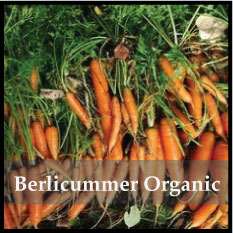
Berlicummer Organic ($3.50) – 75 days, excellent keeper and juicer, organic, one of the best late, open – pollinated varieties; growing up to 10” in length with blunt ends. Coreless, orange color with exceptional flavor.
Carrots are an indispensable vegetable in the garden. Carrots are easy to grow and provide vegetables from late spring to early winter. Use raw, cooked or juiced. Carrots are an excellent source of beta carotene and Vitamin A.
(Tip) Carrots: Can be sown from early spring to mid summer. Seed directly into deeply worked soil for optimum root growth. Soil – Deeply tilled fertile sandy loam with good organic matter content. PH 6-7, do not apply manure in the year of sowing as it causes carrots to become hairy. Carrots like moderate amounts of nitrogen and higher amounts of phosphate. Keep even soil moisture for high grade carrots. Carrots prefer overhead watering. Lightly misting their foliage, instead of drip irrigation. Adequate moisture is essential for good root formation, texture and flavor. Germination 6-15 days at 60F, keep soil moist until growth is seen. Spacing – seed depth 1cm – ¼ - ½ “ Spacing – 1cm – ½ “. Thin out to 3-5cm -1-1/2 – 2” for proper root development. Closer spacing will result in smaller, shorter carrots. Pests – Carrot rust fly control: plant carrots early to mid summer to miss its cycle; wireworm control – use a 3 year rotation and do not use soil that had grass on it the year before. Storage – Dig up carrots after the first hard frost before the ground freezes. Place in a cool, dark location or in a fridge to keep fresh until late winter. In areas where snow fall is heavy, carrots can be covered with straw and dug up throughout the winter.

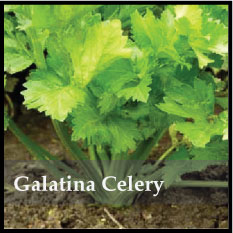
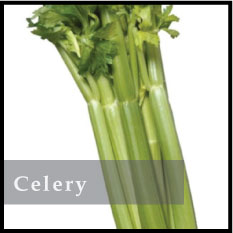
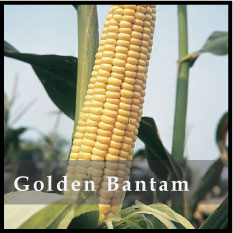
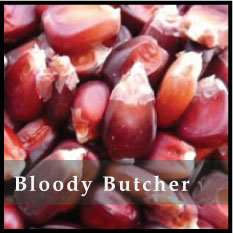
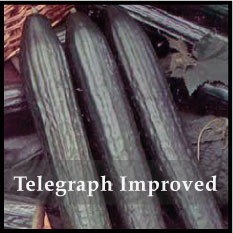
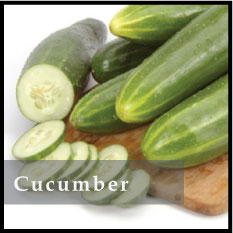
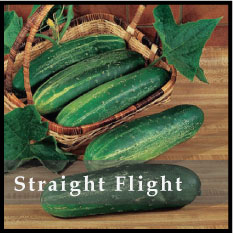
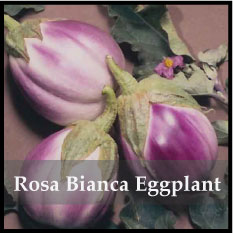
 Copyright © 2010, Sesen Farm & Seeds Ltd. All rights reserved.
Copyright © 2010, Sesen Farm & Seeds Ltd. All rights reserved.